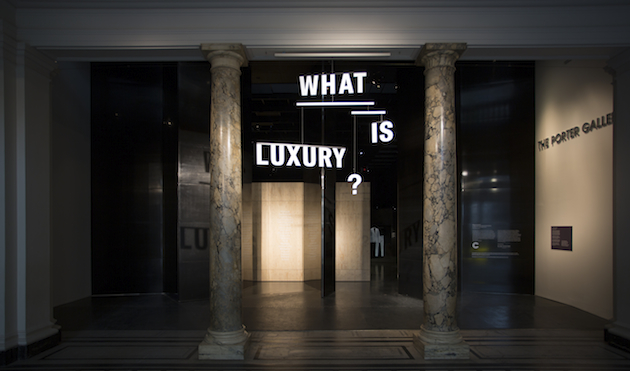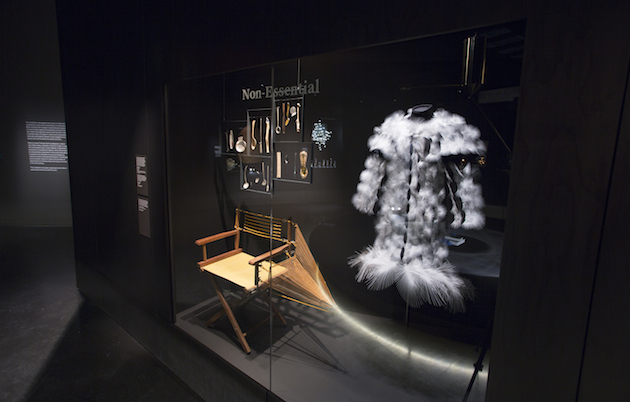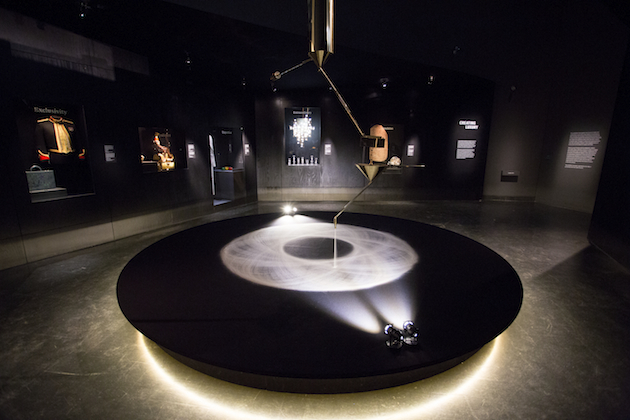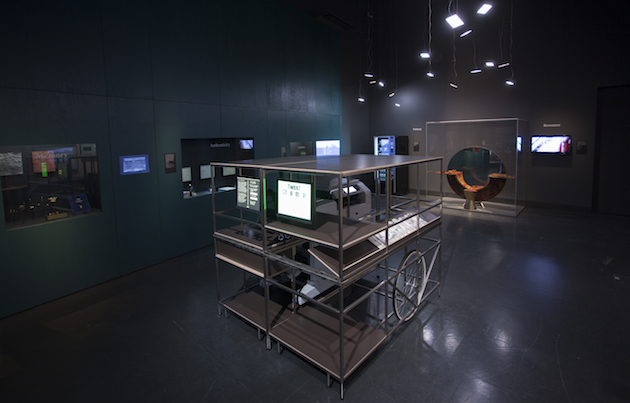
For any practitioner committed to the idea of design as a socially responsible practice, the very idea of luxury in design might appear as an oxymoron. The first associations, or even a quick Google search, bring about a picture of abundance, excess and frivolity, associated with – for most people – unattainable lifestyles. But once its shiny surface is scratched, the concept of luxury turns out to be much more nuanced, complex and contradictory than the exuberant way of life it is usually compared with. Tightly bound to the notions of desire and need, luxury can only be understood within specific contexts, dynamics of everyday life, where it is negotiated and absorbed in both time and space.

Such an articulated understanding of luxury is the starting point of a new exhibition at the V&A Museum in London. Starting from a question – “What is Luxury?”, which also serves as the show’s title – the narrative tries to lay out different approaches and frameworks for understanding luxury in relation to design and craft. From a diamond made from roadkill to a vending machine stocked with DNA, a golden crown for ecclesiastical use to traditional military tailoring, over 100 objects address how luxury is made and understood in a physical, conceptual and cultural capacity.

Shifting between past and present, the first part of the exhibition examines notions of value and excellence in traditional craftsmanship, juxtaposing different objects representative of qualities mostly associated with luxury in craft. Concepts such as “extraordinary”, “precision” or “non-essential” bring together different objects – from Iris van Herpen’s 3D-printed dress to handmade Venitian lace – in an attempt to outline the relationship between luxury and skill in making. The second half of the exhibition, on the other hand, blends the present and the future, by using critical or speculative design objects, among which furniture made from human hair designed by Studio Swine and Studio Caviar’s FOMO printing machine, that show a glimpse of what luxury might look like in the years to come.


